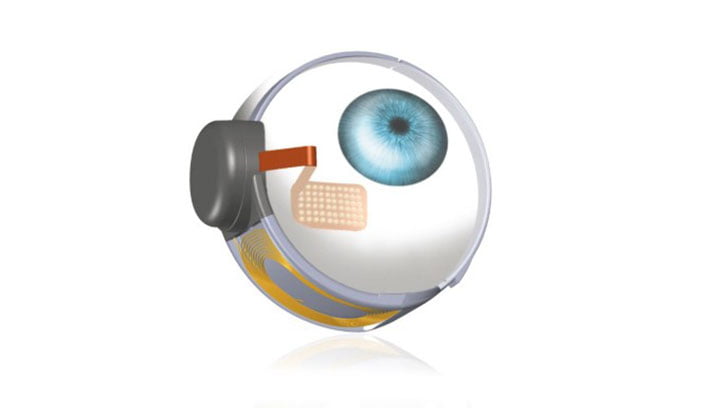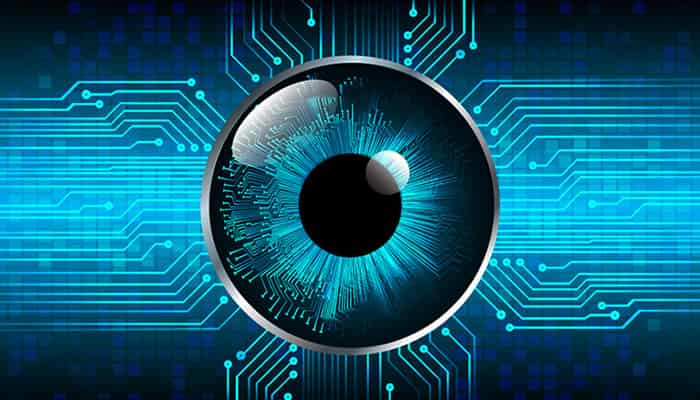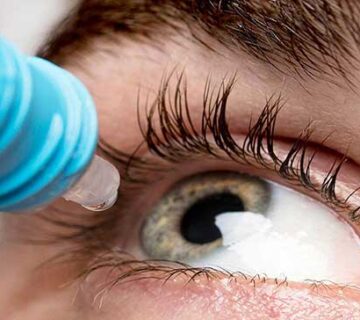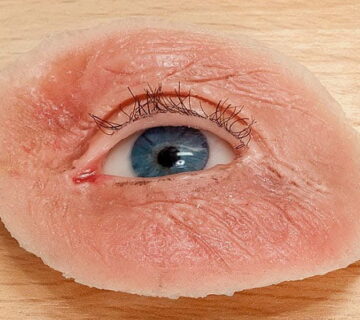Since the eye is the most sensitive organ in the human body and eyesight is the most important human sense, if this sense is compromised and lost, the individual will face numerous difficulties and will be forced to use an artificial eye. Therefore, many scientists and research groups are currently conducting research in this field to find ways to restore lost eyesight to these individuals. One of the technologies that researchers are studying is called a retinal prosthesis. In this text, we will provide explanations regarding technologies related to vision restoration. The topics that will be discussed in this text are:
- Introduction to Retinal Prosthesis
- Advancements in this technology from various aspects
Retinal Prosthesis Technology for Restoring Vision
Nowadays, researchers are working on various technologies to restore people’s eyesight. Each of these methods aims to address this deficiency from a specific perspective. One of these methods is the retinal prosthesis, which is advancing in various aspects. This method has largely kept hopes for restoring vision alive.
Achieved Advancements in Retinal Prosthesis from Various Aspects
Retinal prostheses are advancing from different angles. Some of the advancements in this type of prosthesis include:
Advancements in Retinal Prosthesis Technology
Retinal Prostheses with Very Small Electrodes
Current research on very small electrodes in retinal prostheses emphasizes increasing precision and image processing capability. These electrodes are implanted in the back of the blind person’s eye, and through them, visual signals are sent to the brain for analysis.
Electrical Stimulation Systems
These systems, due to more precise architecture and the ability to send electrical signals to specific points on the retina, offer better capability in image reconstruction.
Advancements in Therapeutic Research
Use of Nanotechnology
Research through nanotechnology is underway to improve the efficiency of prostheses and increase the connection between electrodes and retinal cells, in order to improve the results obtained from this method.
Use of the Latest Genetic Achievements
Some research has also moved towards using genetics and genetic engineering to improve the function of retinal cells in prostheses and are progressing in this direction.

Developing the Brain-Retinal Prosthesis Connection
Advances in Artificial Intelligence Algorithms
Today, artificial intelligence algorithms have advanced significantly and can be used to process signals sent from the retinal prosthesis and interpret them.
Development of Direct Brain-Machine Interface
Some research has also moved towards a direct connection between the brain and prostheses, which could significantly enhance the possibility of restoring vision.
Eye Prostheses
Hybrid Prostheses
This method uses a combination of retinal prosthesis technology and eye prosthesis technology to improve the quality of vision.
Informational Prostheses
These prostheses provide the ability to perceive the surrounding environment to improve visual skills.
Conclusion
Conventional artificial eyes cannot restore the vision of blind individuals. Currently, one of the hot topics in the field of vision restoration is retinal prostheses. These prostheses, by utilizing the latest technologies such as artificial intelligence, have kept hopes alive for restoring the sight of blind people. However, it must be noted that researchers and scientists are still at the beginning of the path, and there is a long road ahead until full vision is achieved.




No comment